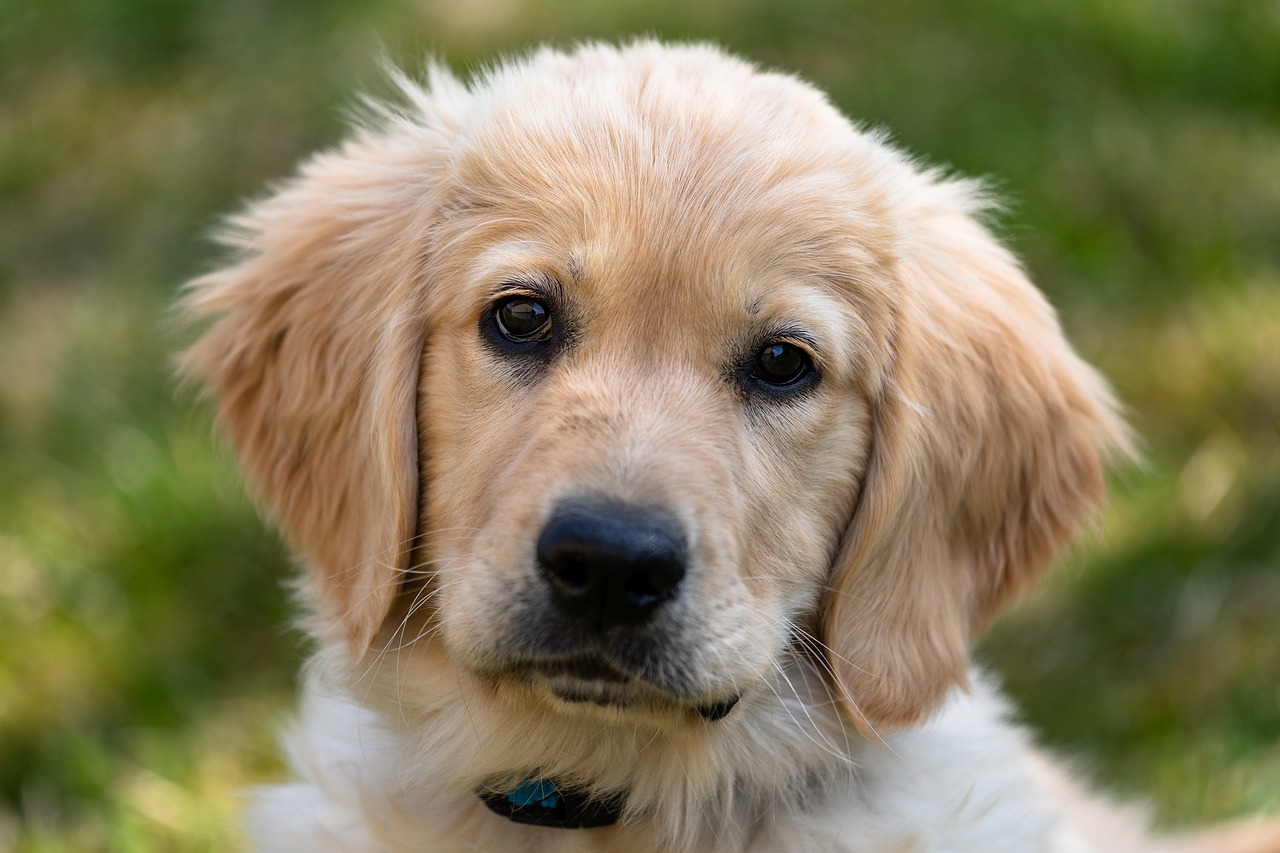Natural disasters: the main warning signs
Going out outside in the wild is refreshing and relaxing, but there is always a risk that danger can be waiting for you only a few steps away. You are probably a very intelligent person, but do you have enough knowledge about the nature surrounding you? Discover different ways in which nature warns you about impending natural disasters. This will help in protecting yourself in case of danger.
1 Tsunami
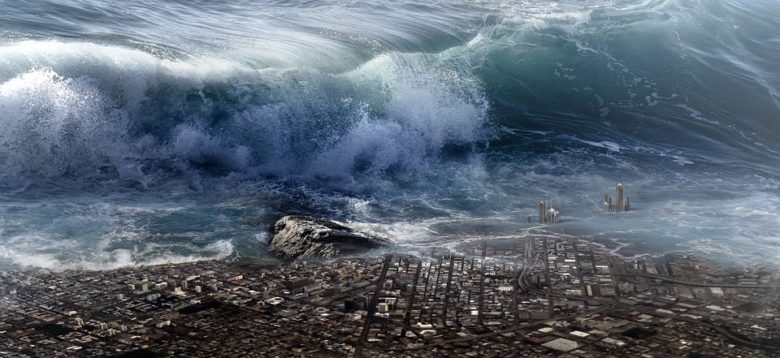
First of all, let’s mention a tsunami might happen without any warning. However, luckily, most often than not, there will be signs. If you are on the beach and water suddenly recedes further than the tide line, a tsunami is coming for sure. If you are near the coast but can’t see the water, you’ll hear a loud roar indicating the first giant wave is about to hit.
We say the first because it will likely be followed by other waves a few minutes apart, and even sometimes up to an hour apart. Since tsunami are caused by earthquakes, if the epicentre has a replica after the first earthquake, it can produce another giant wave after the initial one.
2 Tornado
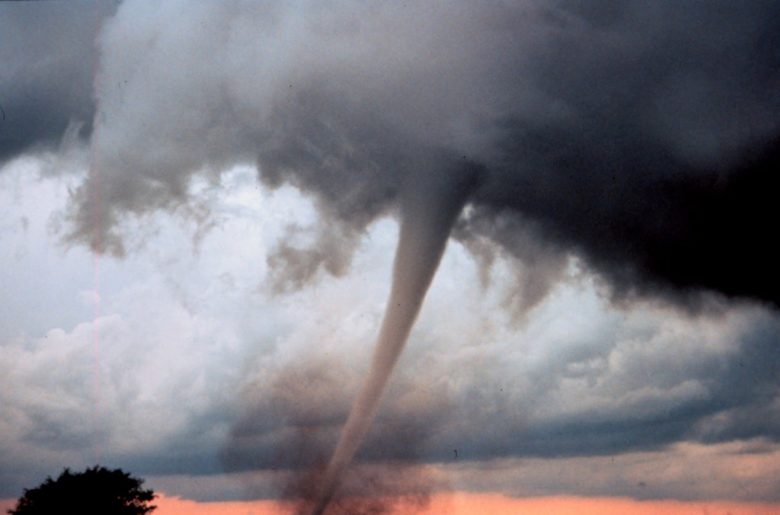
Incoming signs a tornado is coming include a very dark sky with a greenish or yellowish light, thunder and lightning, hail and, sure enough, a funnel cloud forming at the base of a stormy cloud.
Tornadoes happen when two different air masses meet—for example, cold/dry air and hot/moist air. In addition to this, wind also plays a role, as you’ll need a sudden change in its direction to create a tornado.
3 Hurricane
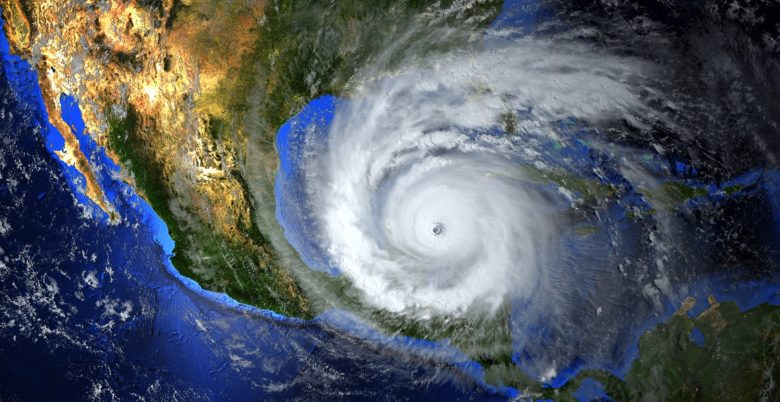
Hurricanes can be predicted; we know they are coming due to the incredible work of scientists. We can also notice some birds will leave their ecosystems days before hurricanes as they sense the change of pressure in the air—in case you didn’t have access to the news, watch out for that sign.
This natural phenomenon takes its source in the warm ocean waters. When this warm water evaporates, it will render the air warm and humid. This air will go up but will also cool down as it does; consequently, it will go back down, where it will warm up again, and this cycle will repeat itself. However, water vapour will turn back into its liquid form as it goes up, which will create clouds. These clouds will get bigger and bigger as the cycle repeats itself. That’s how hurricanes form.
4 Earthquake
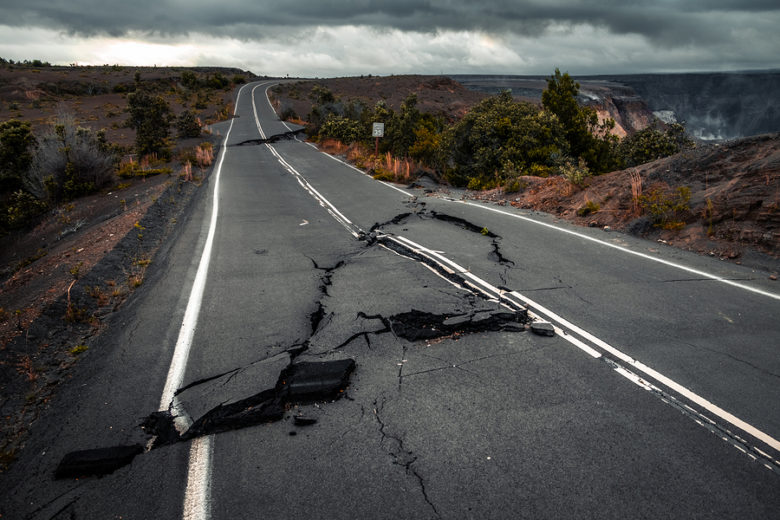
Scientists know the signs an earthquake is coming, but they can’t always detect and analyze them in time. Some of those signs include tectonic tremors (sounds from the depths of our planet), radon in the air (it’s usually deep underground), and unusual behaviours can be observable in some animals. For instance, frogs can completely desert their ecosystem days before an earthquake will strike as they can sense a change in the air and in the water.
Did you know that the Earth was the only planet in our solar system that has earthquakes? This would be because we’re also the only planet with water, which renders the Earth’s mantle more viscous.
5 Wildfire
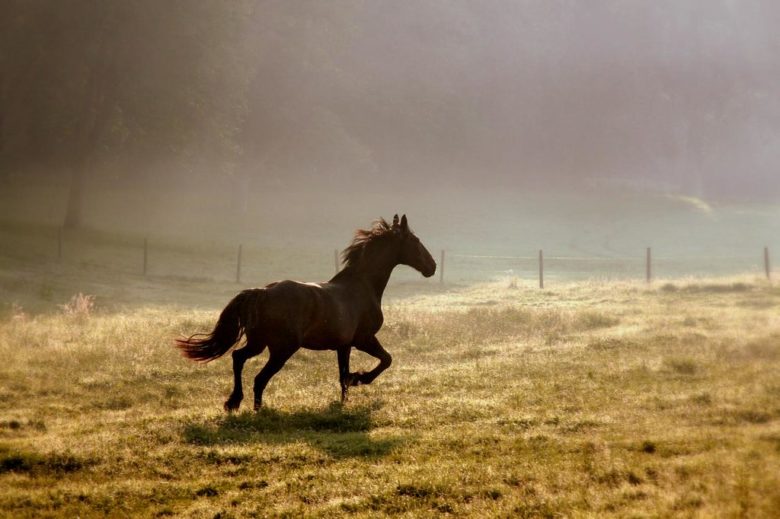
If you are casually walking in the forest and you see animals running towards you, it could be because they are escaping a forest fire. Typically, large animals and birds will flee wildfires, while smaller ones, such as rodents and amphibians, will hide in the ground or in moist trees.
Wildfires are due to dry temperatures, volcanoes and lightning. It should be noted that human activities changed the climate drastically, causing a dryer climate in many regions of the globe; this is why we are seeing more and more wildfires.
6 Blizzard
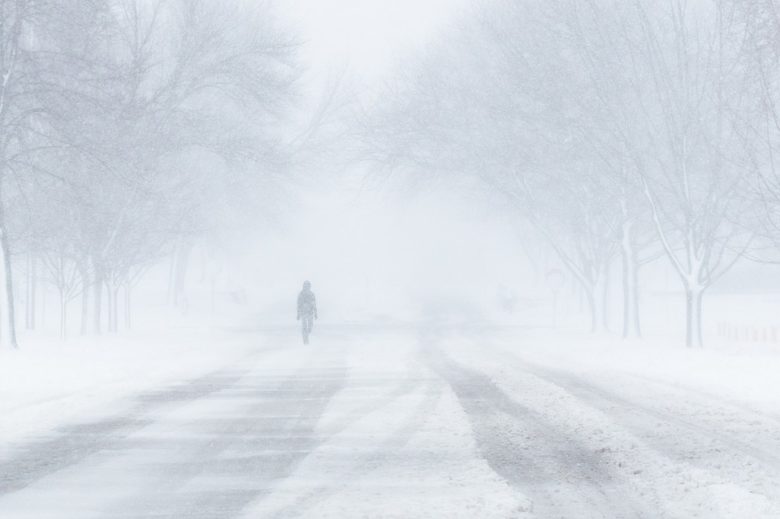
If the temperature is cold, the air, humid, and there are strong winds, chances are you’ll soon be facing a blizzard. Those are the three necessary conditions for this type of winter storm.
Officially, a storm is declared a blizzard when temperatures are under -20 °C and you can’t see past 400 metres for at least 4 hours.
7 Square waves
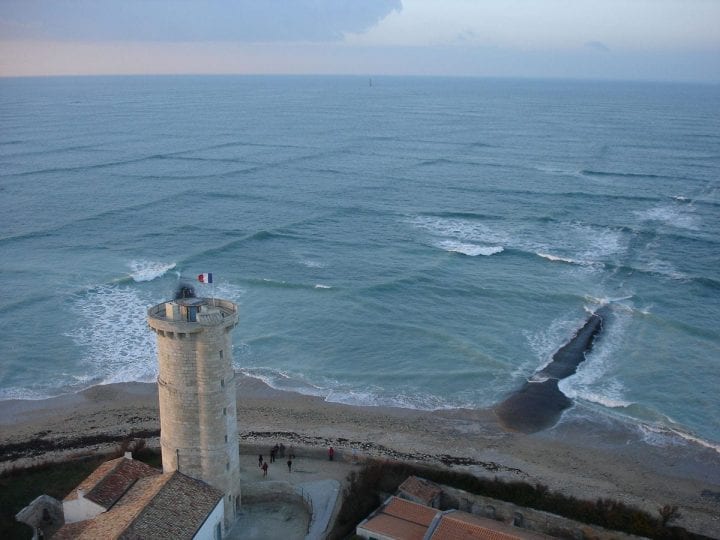
This oceanic configuration does not even seem possible, but it occurs when two wave systems meet. One of the wave systems continued despite the movement of the wind, creating what is called a “cross sea.” A cross sea can be incredibly dangerous for ships, surfers and swimmers.
Despite what you might have thought, square waves are quite common. In fact, they would be responsible for a significant number of accidents implicating ships, as the waves are more likely to hit them in dangerous ways.
8 Thunderstorm

Thunderstorms can be quite violent. In addition to rain, thunder and lightning, you’ll often notice strong winds, and sometimes hail or even torrential rain.
To estimate how far a thunderstorm is, count the number of seconds between lightning and thunder. One second means 300 meters. When the distance between you and the storm is less than 10 km, you should think about finding a shelter.
9 Shark attack

Shark attacks are very, very rare, but for some reason, they have struck our imagination like no other animal attack. Most sharks aren’t even active during day time when humans are usually swimming and surfing!
Sharks don’t prey on humans. Most often then not, humans attacked by sharks were mistaken for seals or turtles. It should be noted that surfers are more at risk than swimmers, as they are in agitated waters, which can be inhabited by sharks.
10 Avalanche
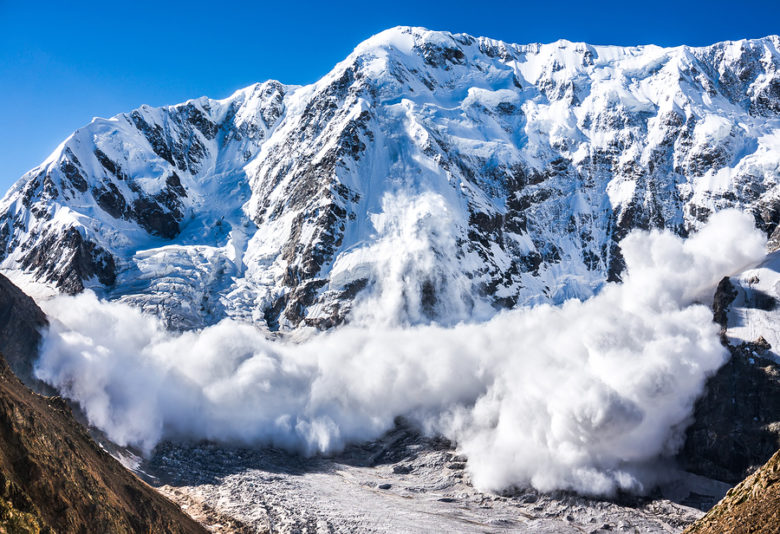
Avalanches are most often than not caused by human activity, although they can happen on their own as well. If you are skiing, snowboarding, snowshoeing or even riding a Ski-doo, you could cause an avalanche yourself.
Luckily, it’s fairly easy to assess if there is an avalanche risk. Look for cracks in the snow, and listen: if you hear “whoomfs,” that’s probably because snow is detaching itself from where it was. Also, heavy snow covering light snow offers really good conditions for avalanches. Be sure to test the snow before you go on an excursion.
11 Volcano
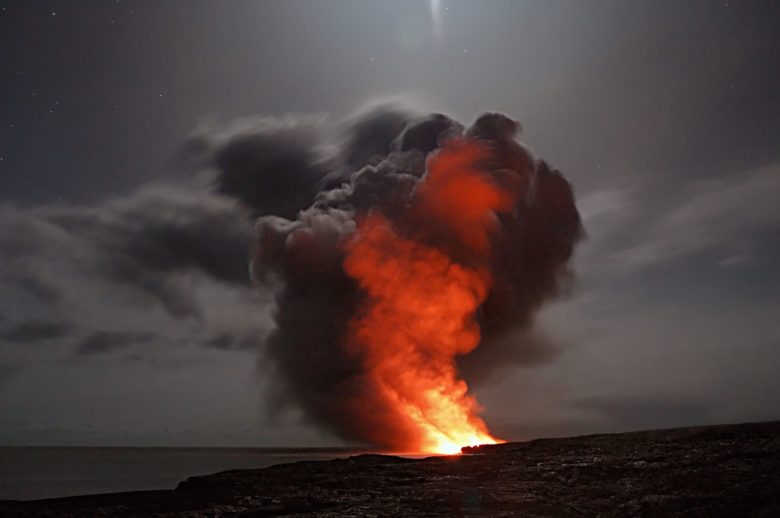
Volcanologists are more or less able to warn people about incoming volcano eruptions. However, let’s say you wouldn’t have access to one when you are near a volcano, animals can often be able to feel when a volcano is about to erupt. In fact, frogs can desert their ecosystem if they feel like one is coming. In addition, some animals can die from released gas, which is also a sign an eruption is about to happen.
Volcanoes are found at the junction of tectonic plates. The Pacific Ocean is surrounded by what is called the “ring of fire,” since there is a volcanic chain along its coast.
12 Snake attack
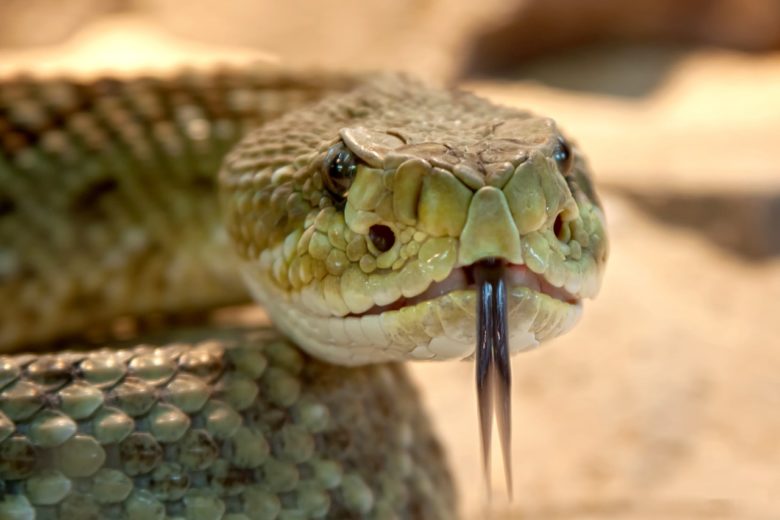
Each year, at least 20,000 people die from snake bites, and that number could be up to 100,000 since people often neglect snake bites. Most snakes aren’t venomous: out of 3500 snake species, only 515 are poisonous.
A snake normally wouldn’t bite a human. It can happen if you step on it, or if you surprise it and it feels threatened.
13 Flood
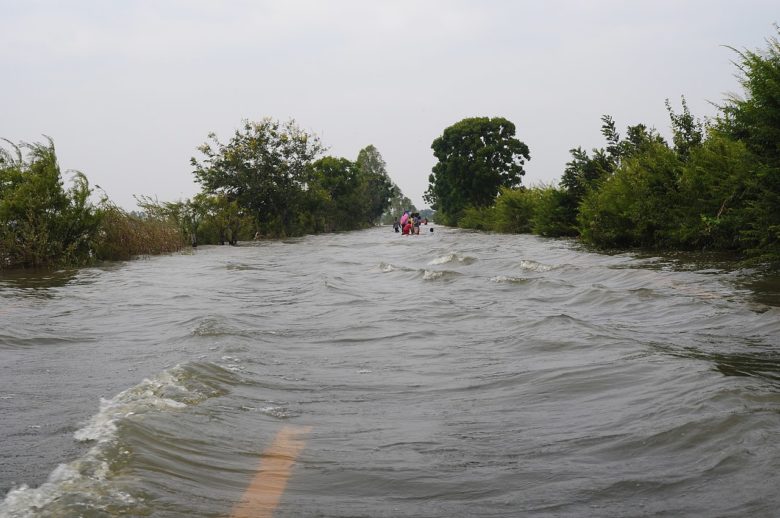
Floods are quite a common thing around the globe. They are, in fact, the natural catastrophe causing the most damages, and this will likely be the case for decades, if not centuries to come.
Human activity is responsible for most floods. After all, we’ve established ourselves where we shouldn’t have, in plains that are prone to flooding. In addition, we’ve caused global warming, which is deregulating the climate and melting the polar ice, which means rising sea levels, which means … more floods.
14 Landslide
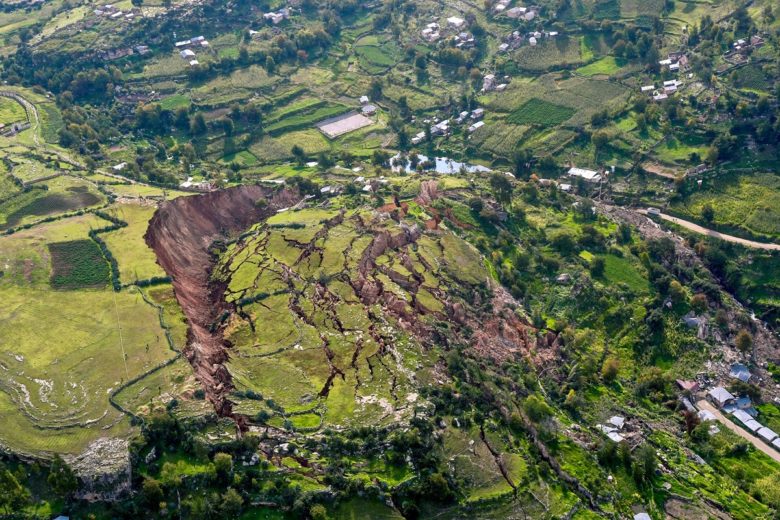
Landslides are a dangerous natural phenomenon. For them to happen, you need a hill, a slope or a mountain; landslides can’t happen in plains, as they are due to gravity. In the case of landslides, we’re talking about dirt and sediments going downhill.
They are often the result of heavy rain but can be caused by earthquakes, erosion, volcanic eruptions or by human intervention. Cracks on the ground and rock slides are telltale signs of landslides.
15 Sandstorm
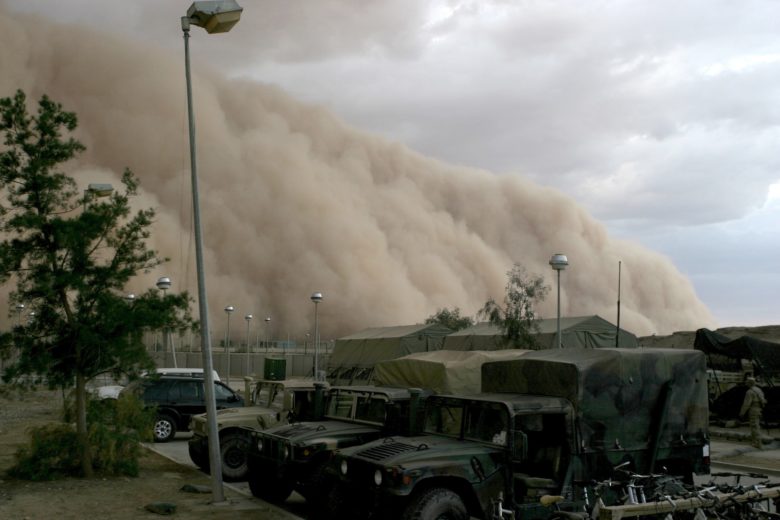
Sandstorms hit many deserts, semi-deserts and arid regions of the world, such as the Gobi and Sahara deserts, the Middle East and the US plains.
They are always accompanied by strong winds, which can carry sand or dust particles on hundreds of kilometres. Sometimes, these storms can even travel on oceans! That’s why sand from the Sahara desert can be found in Amazonia, on the other side of the Atlantic Ocean.
16 Cyclone
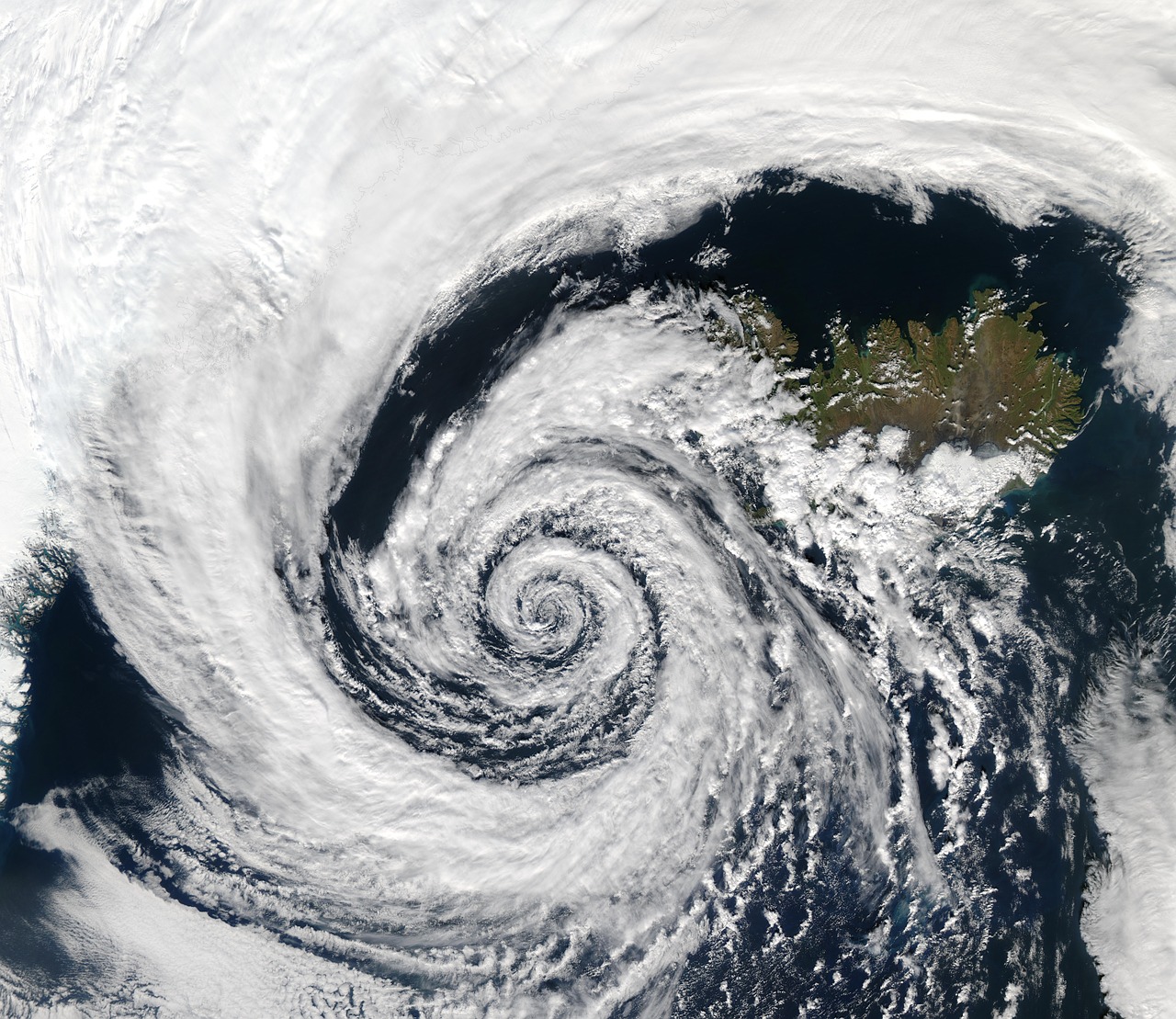
Have you ever wondered what was the difference between a cyclone and a hurricane? Well, a hurricane is a cyclone, but a cyclone is not necessarily a hurricane. A hurricane is a cyclone in North America that has winds of more than 118 km/h.
Cyclones and hurricanes, therefore, form in the same way. They should become increasingly common and more violent as climate change intensifies in the next decades, unfortunately.
17 Heat wave

If there is a more than two consecutive days with extremely hot weather. Often, such weather is also accompanied by humid air, which means the temperature felt can be even higher.
Heat waves are also becoming increasingly more common and out of season due to climate change. Unfortunately, heat waves also cause more deaths than other meteorological disasters, such as hurricanes and floods combined.
18 Rock Slide
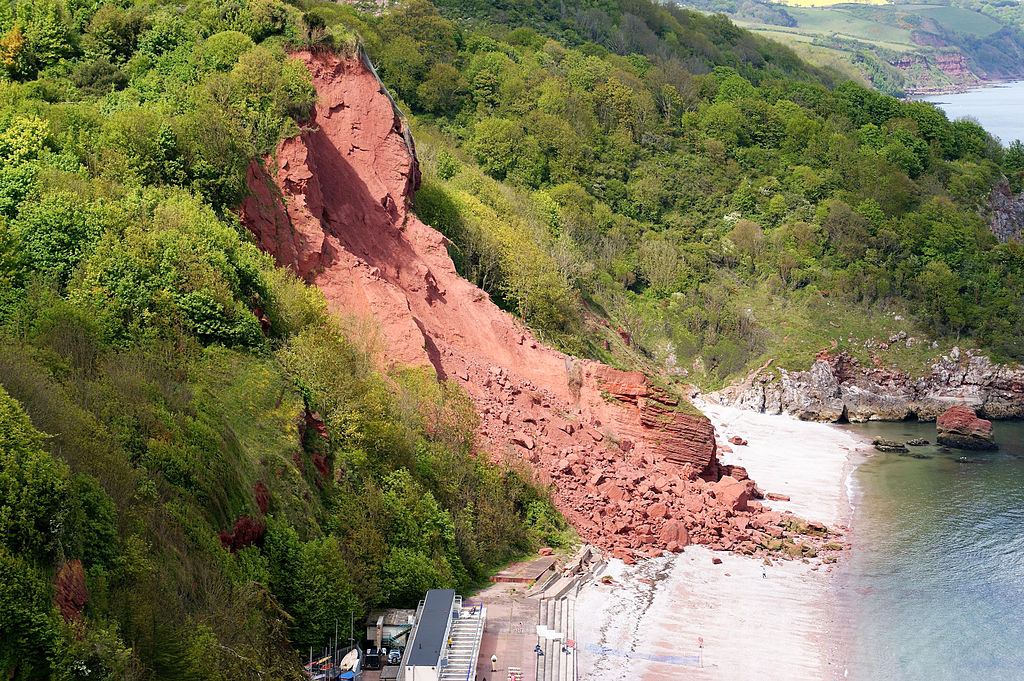
Rock slides may not look exactly like landslides, but they both can only happen when there is a hill, a mountain or a slope—not on a flat surface.
As its name indicates, here we’re not talking about dirt and sediments going downhill but rather solid chunks of rocks. The potency of these rolling rocks is even scarier than landslides as they can go faster.
19 High tide in a tight space

Tides are variations in the sea level caused by the sun and the moon’s gravitational forces. While they can be used to generate electricity, tides can’t be controlled. As such, you can be trapped by them if you are not careful.
If you are visiting a coastal cave, make sure you are aware of tidal times, as you could trap yourself. Make sure you have a charged and dry cellphone when you visit such a place, just in case you would trap yourself.
20 Moose attack
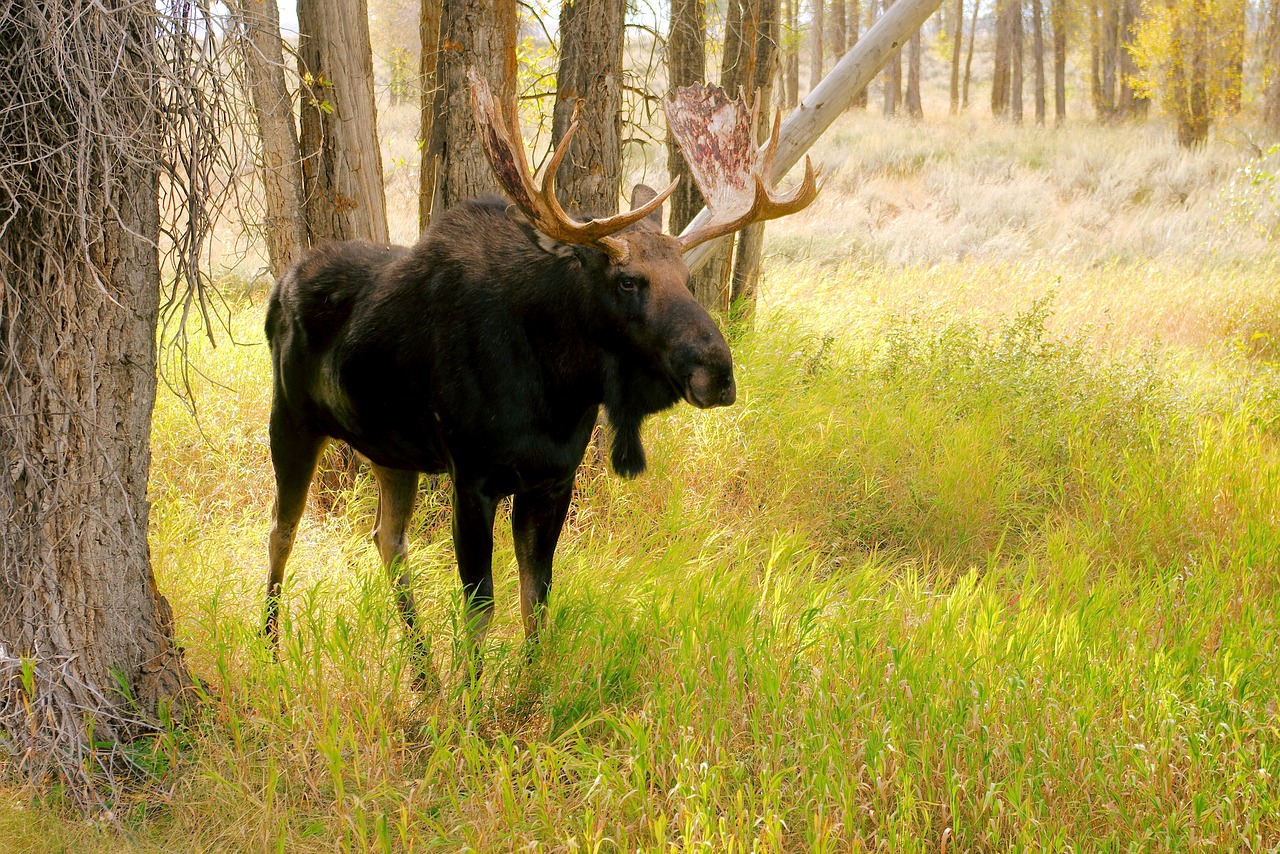
You might have thought bears were the scariest mammals in the woods, but moose are pretty scary themselves. They are very unpredictable and dangerous, thus making them attack humans more often than bears.
To avoid conflict, never approach moose. This animal will not flee if you come close, but they will charge you! Back off, run if you can, and if you can’t hide behind something large such as a big tree.





